Hood straps are a distinctive feature of some classic cars, often seen in vintage models from the early to mid-20th century. These belts, far from being mere aesthetic additions, served practical purposes that cater to the technological and design limitations of the era. Exploring the reasons behind their use offers insights into automotive history and the evolution of car design.
The Functionality of Hood Straps
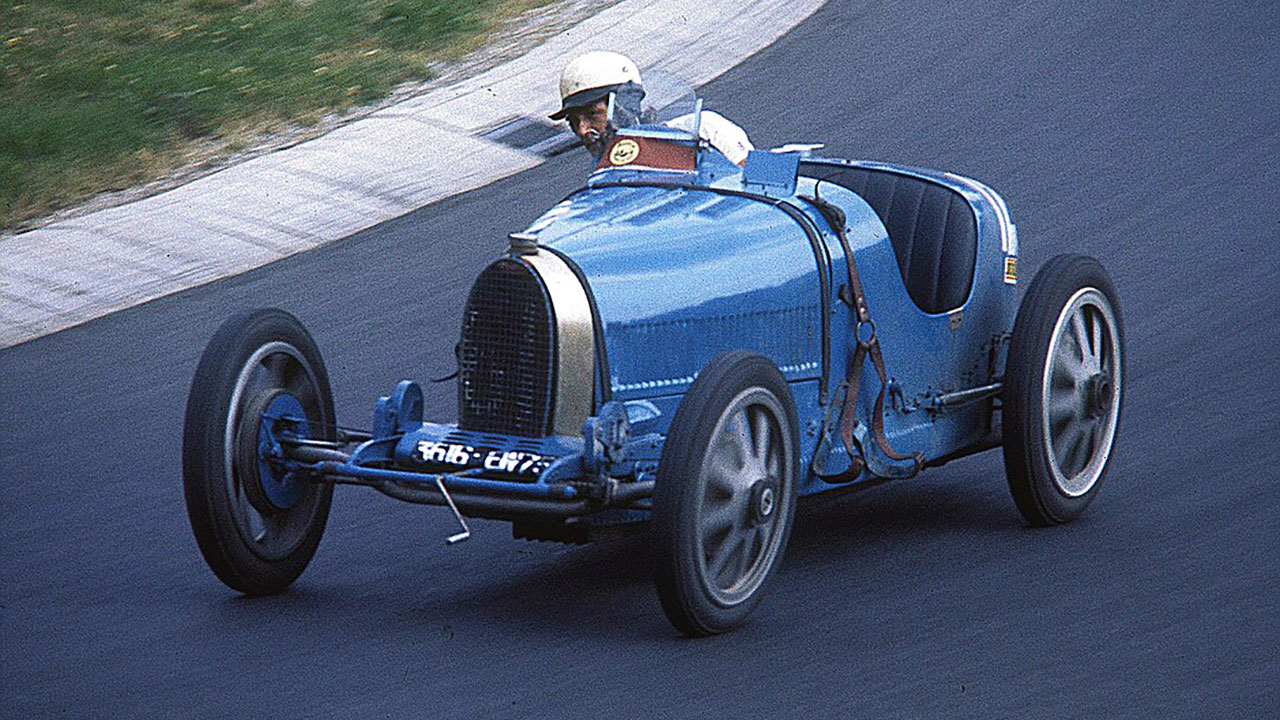
Securing the Hood
Hood straps were primarily used to ensure that the hood remained securely closed, particularly during high-speed travel or rough driving conditions. These straps provided an additional layer of security, complementing the primary hood latch mechanism, which could often be unreliable in older models. For instance, early race cars like the 1930s Bugatti Type 35 relied on hood straps to keep the bonnet firmly in place, preventing it from flying open unexpectedly.
In an era where safety was not as meticulously engineered as it is today, hood straps served as an essential backup. They provided peace of mind to drivers, ensuring that the hood would not become a dangerous distraction or obstruction. This was especially critical in racing or performance contexts, where every component needed to be dependable.
Enhancing Safety
Besides keeping the hood closed, hood straps played a crucial role in enhancing safety. The risk of a hood suddenly popping open could lead to catastrophic accidents by blocking the driver’s line of sight. Hood straps minimized this risk, acting as a precautionary measure before more advanced safety mechanisms were developed. Their presence was a testament to the early automotive industry’s commitment to prioritizing safety, even when the technology of the time posed significant challenges.
As technology progressed, the reliance on hood straps diminished, but their role in early automotive safety marked an important evolutionary step. They were a simple yet effective solution to a potentially serious problem, reflecting a period in automotive history where practicality often dictated design decisions.
Aesthetic Appeal and Design Influence
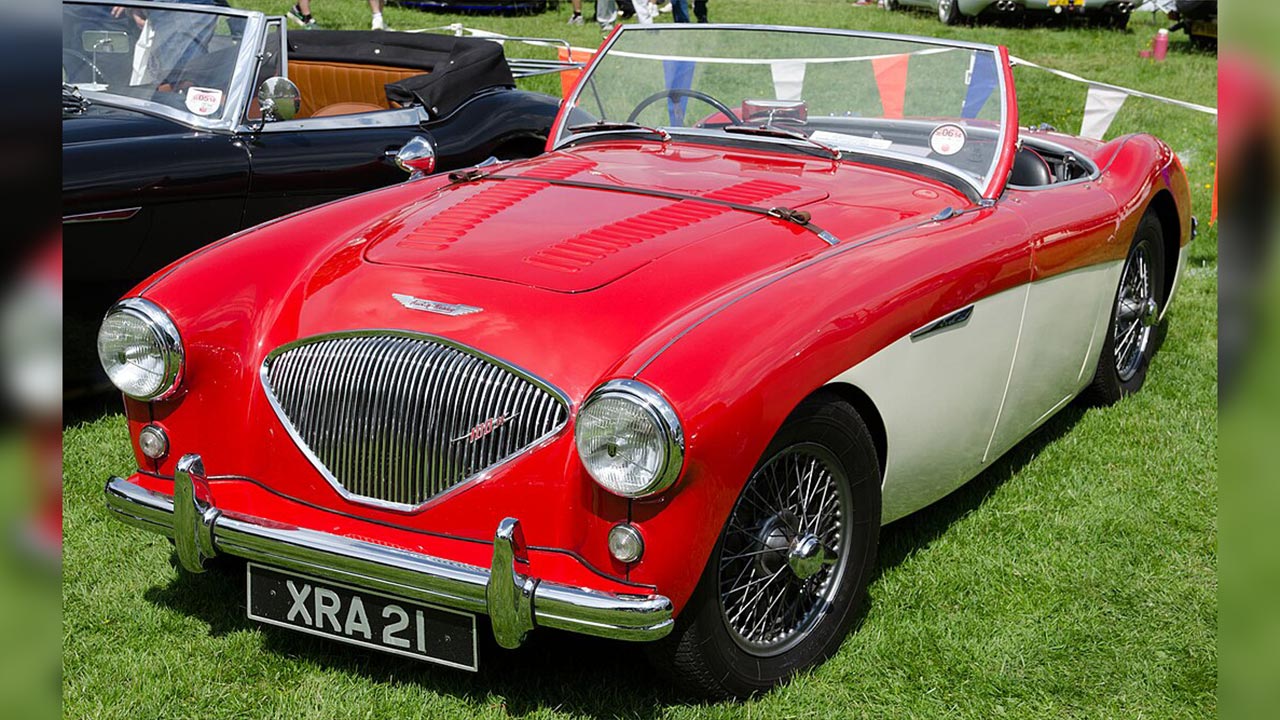
Visual Identity and Style
Hood straps contributed significantly to the visual identity and style of classic cars. They often enhanced the rugged and sporty appearance of these vehicles, aligning with the automotive fashion of the time. The presence of hood straps became a signature design element for certain brands and models, such as the Austin Healey 100M, which is celebrated for its racing heritage and performance aesthetics.
The integration of hood straps into a car’s design was more than just functional; it was a stylistic choice that resonated with consumers. Brands capitalized on this by making hood straps a part of their visual brand identity, using them to convey a sense of durability and performance that appealed to enthusiasts and collectors alike.
Material and Craftsmanship
The materials used for hood straps, such as leather or durable fabric, added a touch of craftsmanship and luxury to classic cars. These materials were not only functional but also aesthetically pleasing, reflecting the quality and attention to detail that went into the manufacturing of these vehicles. The use of high-quality materials for such utilitarian purposes underscored the ethos of the era—where craftsmanship was paramount.
This attention to detail is part of what makes classic cars so revered today. The craftsmanship involved in creating these components speaks to a time when automotive design was as much about art as it was about engineering, a sentiment that continues to captivate car enthusiasts.
Historical Context and Technological Limitations
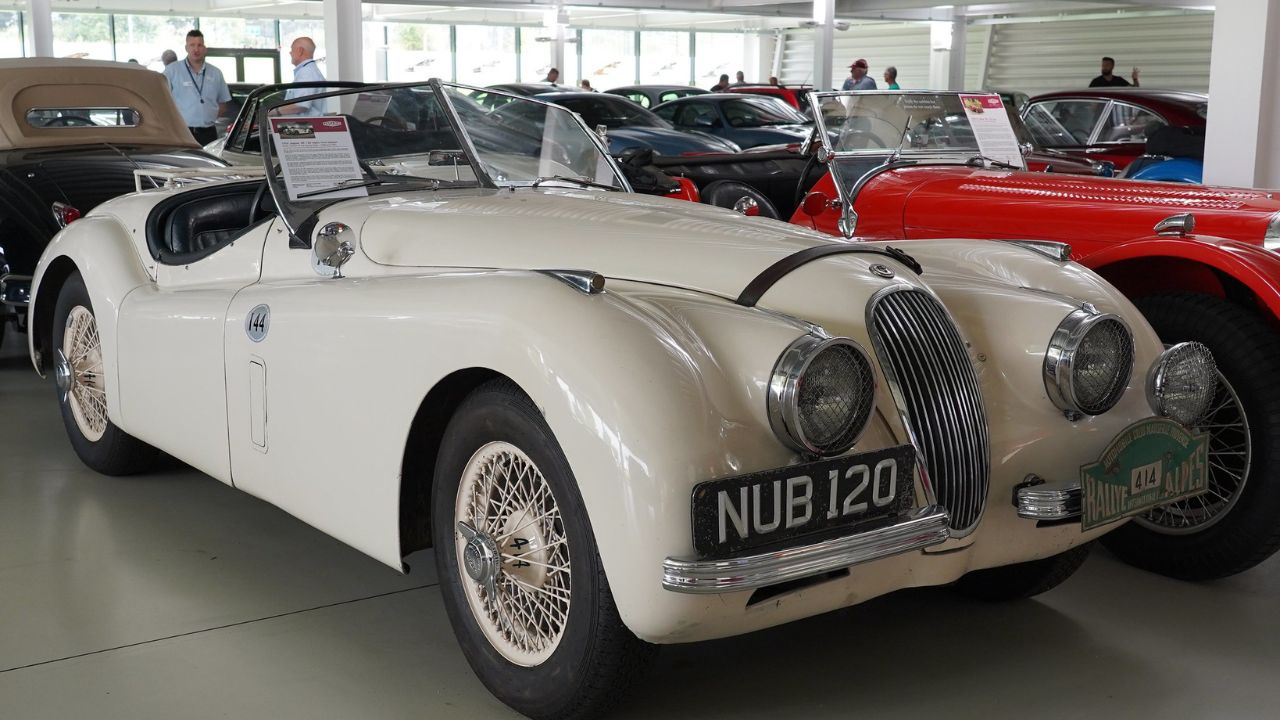
Era of Automotive Development
The prevalence of hood straps during the early to mid-20th century coincided with a period of significant automotive development. This was an era when manufacturers were still exploring and experimenting with various design solutions to overcome the technological limitations of the time. During this phase, hood straps were a practical adaptation to the limitations of early hood latch systems, which were not as robust as the mechanisms found in modern vehicles.
In the context of automotive history, hood straps represent a unique intersection between necessity and innovation. They were an inventive solution that addressed specific challenges of the time, reflecting the ingenuity of early car designers who had to work within the constraints of the technology available to them.
Influence of Racing and Performance Cars
Racing cars from the early 20th century often employed hood straps to withstand the rigors of high-speed competition. These vehicles set a precedent for the use of hood straps in consumer vehicles that sought to emulate a performance image. For example, the Jaguar XK120, a car iconic for its speed and design, featured hood straps that were not only functional but also visually communicated its racing pedigree.
Performance cars influenced many aspects of consumer vehicle design, and hood straps were no exception. Their adoption in non-racing vehicles was partly due to the aspirational nature of racing, where ordinary drivers sought to capture a piece of the excitement and prestige associated with motorsports.
Transition to Modern Automotive Design
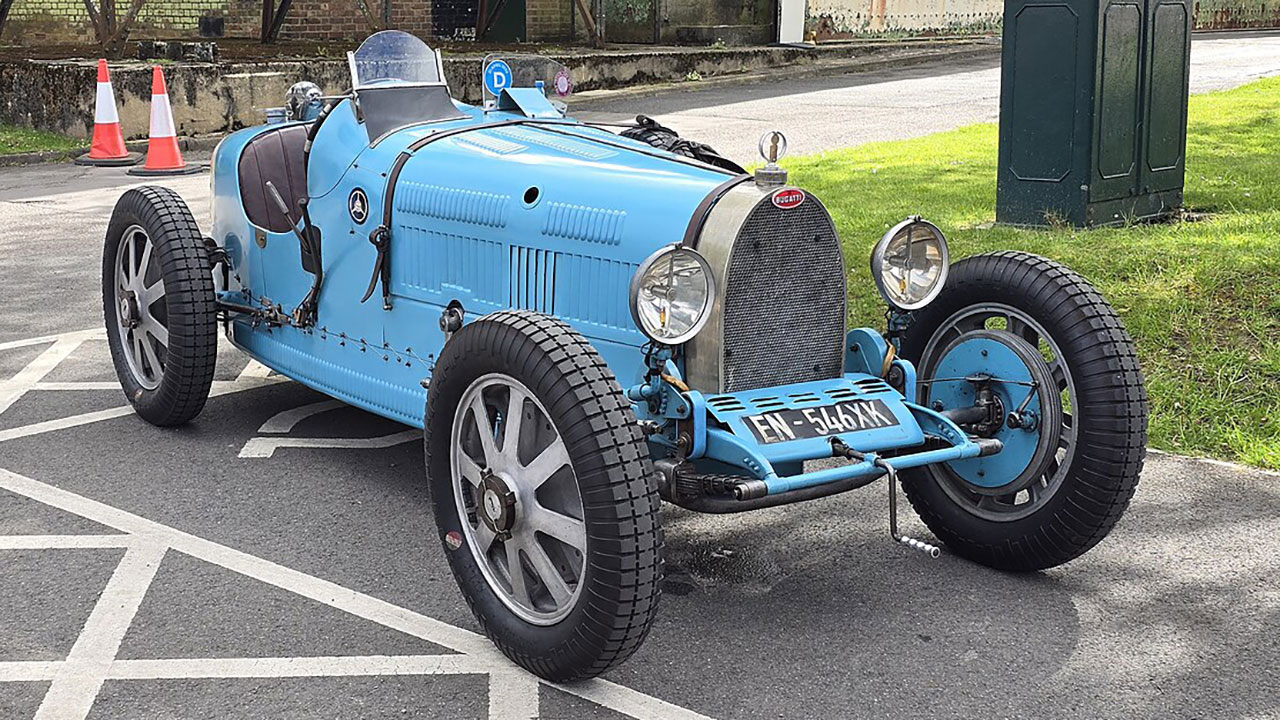
Advancements in Latching Systems
As engineering and technology advanced, more reliable latching mechanisms were developed, reducing the need for external hood straps. Modern cars now utilize multi-point latches and safety catches, offering superior security without relying on external straps. These advancements have made hood straps largely obsolete, though their legacy continues to influence car design in subtle ways.
The evolution of latching systems is a testament to the continuous improvement ethos that drives the automotive industry. While hood straps served their purpose effectively in their time, the development of more sophisticated technology has rendered them unnecessary in the context of modern vehicle safety and design.
Legacy and Nostalgia
Despite their obsolescence, hood straps remain a nostalgic feature embraced by classic car enthusiasts and collectors who appreciate their historical significance and charm. These enthusiasts often seek out vehicles that feature original hood straps, valuing them as a connection to the past and a hallmark of vintage automotive design.
In some cases, modern retro-styled vehicles incorporate hood straps as a nod to the past, blending vintage aesthetics with contemporary functionality. This nod to history reflects a broader trend within the automotive industry, where there is a growing appreciation for the design elements that have shaped the cars we drive today. The enduring appeal of hood straps is a reminder of the rich tapestry of automotive history and the enduring allure of classic car design.
Like Fast Lane Only’s content? Be sure to follow us.
Here’s more from us:
*Created with AI assistance and editor review.

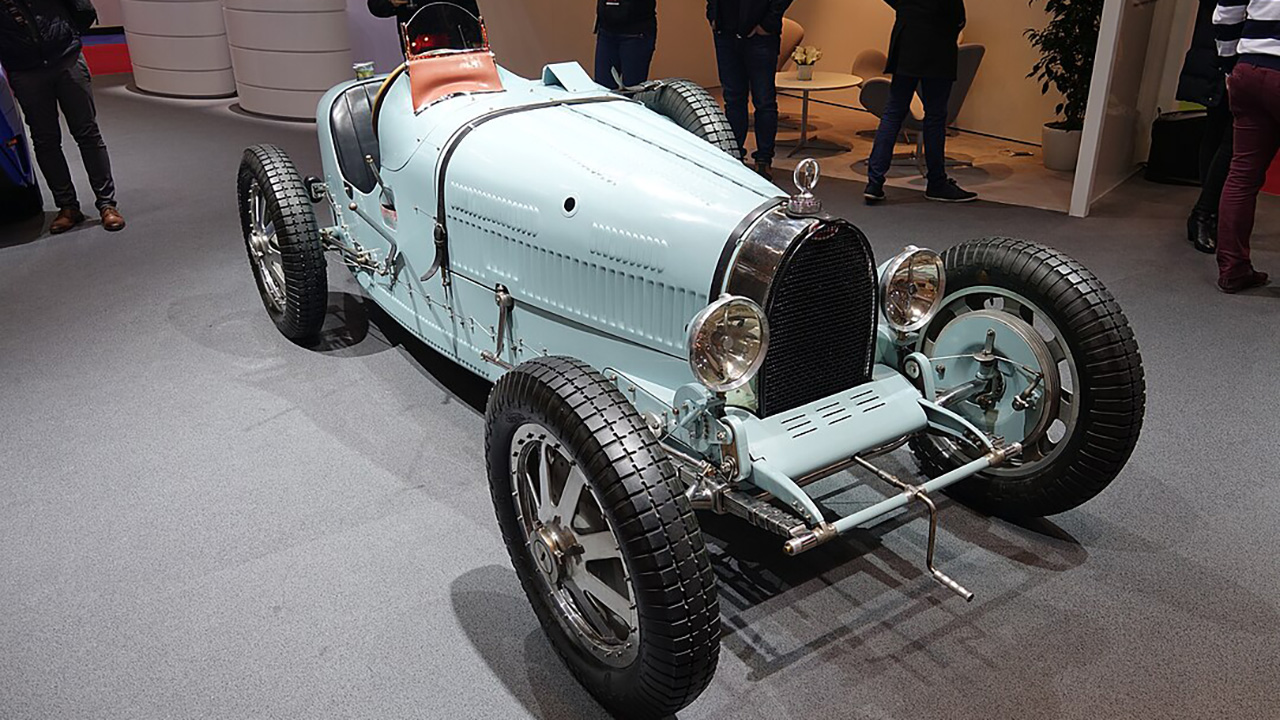





Leave a Reply